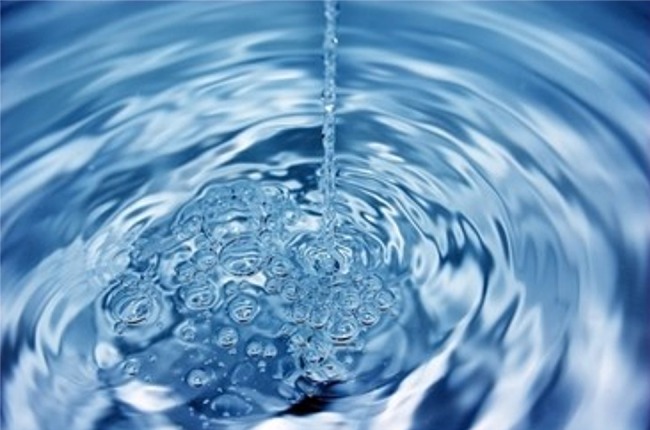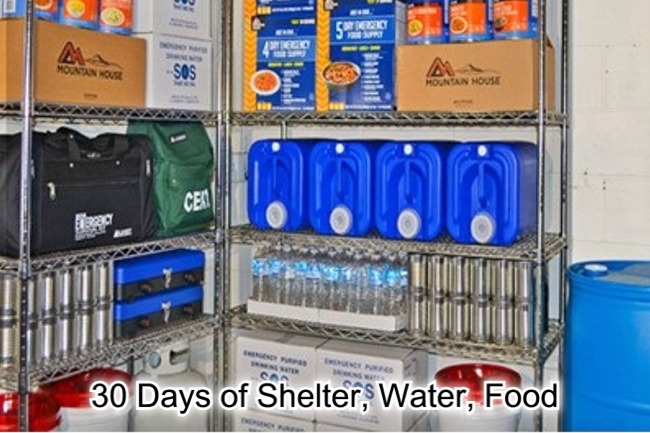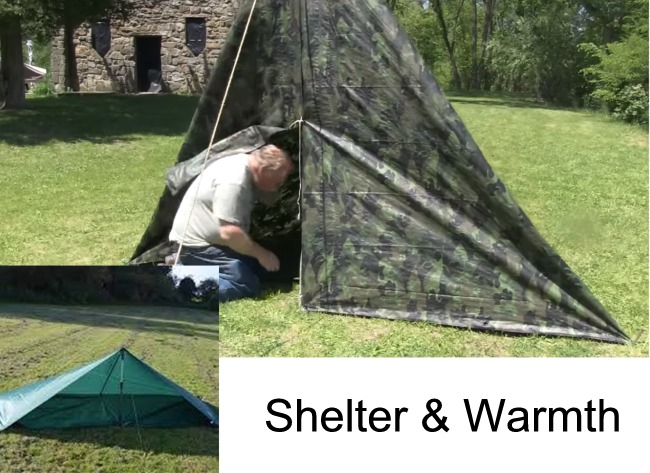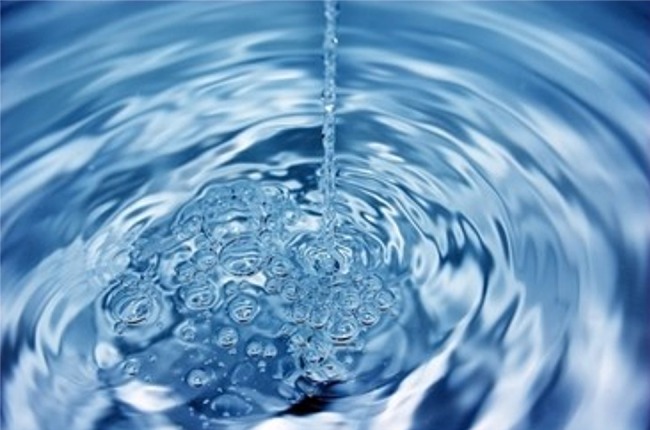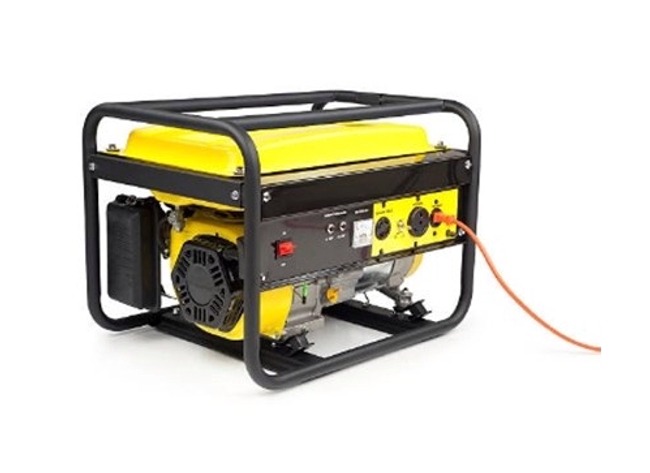Emergency Preparation - The Prepper Corner
2.4.3.3 - Prepper - Emergency Water Sanitation
Home > Emergency Preparation > The Prepper CornerEmergency Water Sanitation
Why sanitize water?
- Unsafe water causes water-borne illnesses such as Escherichia coli-induced diarrhea (E. coli is found in human and animal waste), giardiasis (giardia are carried by many wild and domestic mammals), and diarrhea from other organisms such as cryptosporidium, which is a parasite carried by mammals.
- Even if filtration is perfect, no physical filter can remove viruses.
- Finally, Water that has fuel, toxic chemicals, or radioactive materials in it will not be made safe by boiling or disinfection.
That said, you may still end up in a situation that forces you to choose between dehydration and treating your own water. After filtration, there are several options for sanitizing water, with varying degrees of effectiveness. Depending on your situation, you will want to use the most effective method possible.
- Boiling water – according to the CDC, the most effective method
- If cloudy, let water settle and filter it through a clean cloth, paper towel, or coffee filter.
- Bring to a rolling boil for at least one minute.
- At altitudes above 5,000 feet (1,000 meters), boil water for three minutes.
- Boil for three minutes if water is still cloudy after filtering.
- Let water cool naturally and store it in clean containers with covers.
- Tincture of Iodine – because people often have this in medical kits
- Add 5 drops of 2% Iodine to each quart of water, 10 drops if water is cloudy. - Shake or stir and let sit 30 minutes before using.
- If using Betadine(povidone), double the amounts used.
- The biggest drawbacks to Iodine are not just the taste, but that it does not kill Cryptosporidium, should not be ingested by pregnant women, people with thyroid issues, nor used by anyone for more than a few weeks at a time.
- Water Purification Tablets – the kind backpackers use
- Instructions will be on the container - Tablets will have a shelf life of approximately 1-2 years, so you will need to track this.
- Like Iodine, you can sanitize in your drinking containers which is convenient.
- Depending on the tablet, there may or may not be an adverse taste.
- Generally you will have to wait minutes, even a few hours, before using the water.
- Solar - a last-ditch method, as it does not destroy all harmful substances.
It is less effective with cloudy water as the particles will block the action of the sun’s rays.- Place water, filtered and clear, in a clear plastic container like a 2-liter soda bottle. - Position container so that as much of the container as possible is exposed to the sun. - Placing the container on a dark or black surface will increase the solar effectiveness. - 6 hours if sunny, 2 days if cloudy
- UltraViolet (UV)
Many backpacking and camping stores sell UV disinfectant devices. They can be very effective with some caveats: Batteries are required, and they do not work as well with cloudy water. That said, they can be quick and easy to use. Whatever unit you purchase be sure to carefully read and follow the instructions BEFORE you need the device. The author of this document purchased a unit for a backpacking trip and tossed it into her pack only to find out there were no batteries down on the wilderness trail. A generous backup supply of iodine tablets saved the holiday. - Purchased Liquid Sodium Hypochlorite (Clorox, etc)
Although many of us have containers of household bleach sitting around, they may or may not be suitable for use. Here is why:- Scented or color safe or with added cleaners cannot be used
- Splashless bleach has a sudsing agent plus a lower free chlorine concentration
- Liquid bleach (sodium hypochlorite) has a shelf life of about one year from manufacture.
- According to Clorox website, bleach loses about 20 percent effectiveness per year, if stored correctly(away from heat and light). You likely do not know how long ago it was manufactured. The sodium hypochlorite breaks down over time and thus the bleach becomes less effective.
Use the formulas below to determine how much bleach to use. Wait 30 minutes after treatment and smell your water – there should be a very slight chlorine odor. If you cannot detect that, repeat your water treatment.
- Powdered Pool Shock
Calcium Hypochlorite Calcium hypochlorite (commonly sold as Pool Shock) is more stable than Sodium Hypochlorite as it is a powder and has a longer shelf life, possibly years if kept cool, dry, and away from anything reactive. Look for a concentration around 73%, preferably Dry HTH (High Test Hypochlorite) and with no added algaecides or fungicides. The ingredients list should read Calcium Hypochlorite as the sole active ingredient, plus inert ingredients. A disadvantage is that you will need to make it up into a bleach solution before using it. However, a small amount can last a long time.
Warning! You are making a bleach solution, not drinking water.
Storage: Calcium Hypochlorite must be stored away from liquids, metal, and petroleum products which can cause explosions. If it gets wet it can off-gas chlorine, so it must be kept dry.
Handling: Calcium Hypochlorite must be handled carefully: wear protective goggles, gloves, and clothing while handling. Do not allow it to come in contact with acids or other chemicals. Download the full article to find out how to make a bleach solution.
Last modified on: 3/1/2024

